5 graphic designers who became famous filmmakers
Fancy one day moving from design to movie-making? Then you're in good company, says Matthew Carter.
People who are successful in a creative role often say they've always wanted to be that exact thing. But it's not always the case - and the number of people crossing from one creative field to the next shows how transferable many of our design skills are.
Many great film directors, for example, began their careers as graphic designers - and that's not hugely surprising. Becauses certain designer qualities transfer well to the big screen, as these five famous examples from the 20th century show...
01. Satyajit Ray
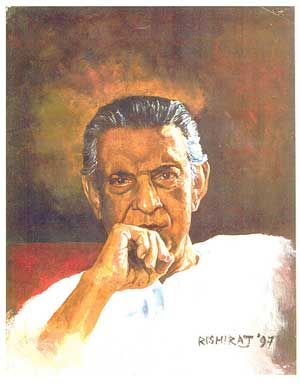
"If the theme is simple, you can include a hundred details that create the illusion of actuality better." - Satyajit Ray
Satyajit Ray is arguably India's most famous filmmaker and was even awarded a life time achievement Oscar in 1992.
According to SatyajitRay.org, before Ray became a fulltime filmmaker he worked as a graphic designer (or junior visualiser) for a British-run advertising agency called D.J. Keymer. Ray was in love with typography and text design. This is shown in the openings of his films which often consist of beautifully crafted traditional Bengali typography. Infamous for spending significantly long periods of time setting up shots, Ray wanted every detail to be exactly how he envisioned and often frustrated his crew members in doing so.
Another testimony to his graphic design beginnings, he was also his own storyboard artists and like Hitchcock would have every shot of the film worked out months before shooting.
02. Alfred Hitchcock
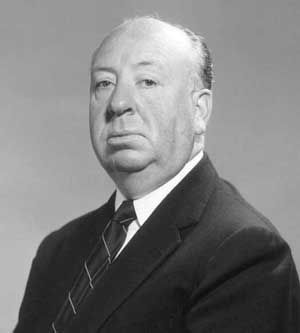
"Dialogue should simply be a sound among other sounds, just something that comes out of the mouths of people whose eyes tell the story in visual terms." - Alfred Hitchcock
Get the Creative Bloq Newsletter
Daily design news, reviews, how-tos and more, as picked by the editors.
One of the most famous filmmakers of all time, the 'master of suspense' began his career as an advertising designer. According the British Film Institute, Hitch worked as an advertising illustrator for the Oxford based social club magazine the Henley Standard. His transition into the world of cinema came about by designing film title cards for a London company that would later become Paramount pictures.
Hitch was influential for his purist visual storytelling, the majority of the creative input in his films was produced in the storyboard process (to which he contributed towards heavily) and he often complained of how boring he found the actual shooting to be.
Hitchcock was notorious for adamantly wanting to shoot everything on a studio set and avoided 'on location' shooting as much as possible. He wanted everything controlled and designed; the background, the walls, the clothes, the hair, sounds, the timing and even whole blocks of apartments.
03. Abbas Kiarostami
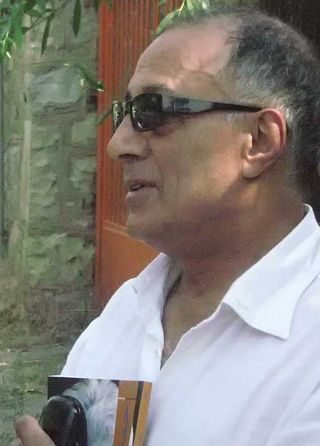
"The Digital camera allows the artist to work alone again, you no longer have to collaborate, your work is your personal expression. The artist is the designer" - Abbas Kiarostami
Often credited as being one of the most important filmmakers of our time, Kiarostami's simplistic and genre bending portraits of everyday life have earned him acclaim all over the world. Consequently his well-known reputation as a film director has overshadowed his earlier design work, however many galleries still exhibit his designs. Iran's Boom Gallery frequently display Kiarostami's designs and images.
Fitting in with this idea of designer turned filmmakers being control freaks and wanting to have every detail to their liking, Kiarostami dedicated a large portion of his movie career trying to shrink his filming crews down in order to have a more personal influence on them.
Like his movies, Kiarostami's designs are minimalistic and themed heavily around nature, almost resembling traditional Zen Buddhist paintings. As a result of Kiarostami's simple and poetic depictions of nature, a UK-based corporate mobile recycling company dedicated a whole range of electrical recycling packaging to his designs.
04. Mike Mills
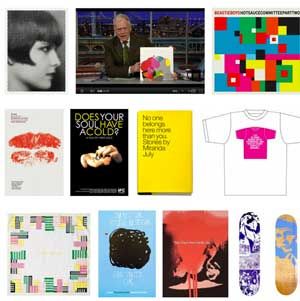
"I'm not a craftsman of graphics or art or film. I'm more of an idea generator and manufacturer." - Mike Mills
Acclaimed independent filmmaker and music video director, Mills has collaborated with the biggest names in alternative music, from Moby, Yoko Ono and Air. Both his film and design career is routed in music, the likes of the Beastie Boys, Beck and Sonic Youth have had album covers designed by Mills.
Like all the directors mentioned in this article his graphics and movies share very similar characteristics, one of them (again like some of the other directors) is a sense of simplicity. In his movies, Mills uses long takes, spacious compositions, surrealism and adds typography within his scenes, characteristics that are also evident in his graphics.
05. Saul Bass
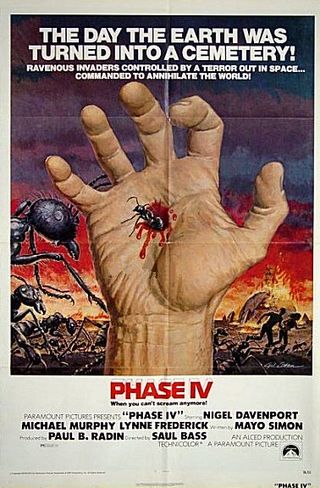
"Design is thinking made Visual" - Saul Bass
He's probably more famous for being a graphic designer than a filmmaker. But when Saul Bass eventually got around to directing films he caused a storm, his short documentary 'Why Man Creates' winning him an Oscar in 1968. He went on to also direct a 1974 sci-fi movie, Phase IV.
Bass designed posters and titles for some of the most well known movies of all time and worked alongside Hollywood's most celebrated filmmakers. Alfred Hitchcock, Billy Wilder, Stanley Kubrick and Martin Scorsese were all his peers at some point.
Like most designers turned filmmakers Bass had a minimalist style of filmmaking that was reminiscent of his graphic design work. According to Designmuseum.org, the majority of 'most influential graphic designer' polls place Saul Bass firmly at the top.
Words: Matthew Carter
Matthew Carter is part of film-making collective Black Country Cinema.

Thank you for reading 5 articles this month* Join now for unlimited access
Enjoy your first month for just £1 / $1 / €1
*Read 5 free articles per month without a subscription

Join now for unlimited access
Try first month for just £1 / $1 / €1
The Creative Bloq team is made up of a group of design fans, and has changed and evolved since Creative Bloq began back in 2012. The current website team consists of eight full-time members of staff: Editor Georgia Coggan, Deputy Editor Rosie Hilder, Ecommerce Editor Beren Neale, Senior News Editor Daniel Piper, Editor, Digital Art and 3D Ian Dean, Tech Reviews Editor Erlingur Einarsson, Ecommerce Writer Beth Nicholls and Staff Writer Natalie Fear, as well as a roster of freelancers from around the world. The ImagineFX magazine team also pitch in, ensuring that content from leading digital art publication ImagineFX is represented on Creative Bloq.
